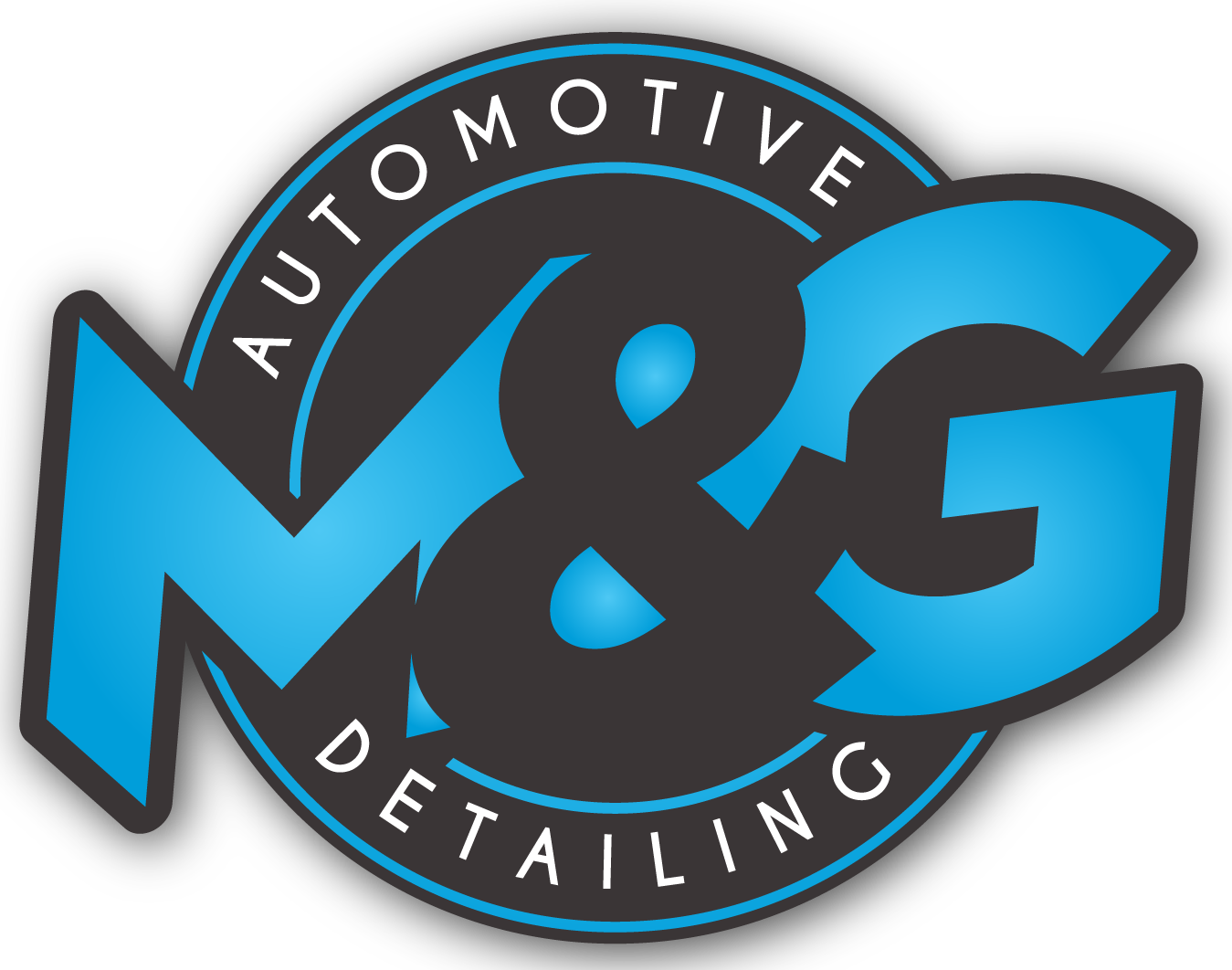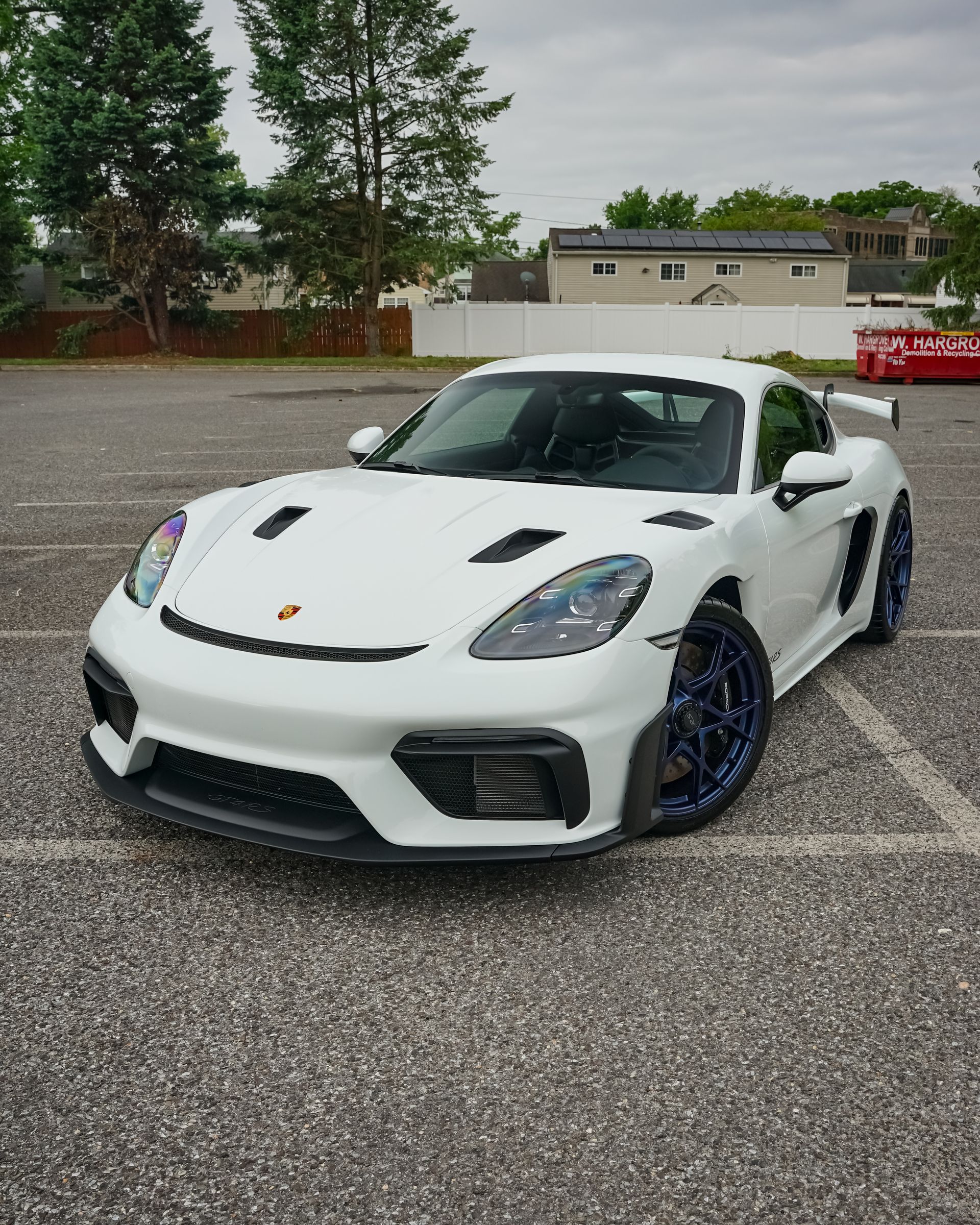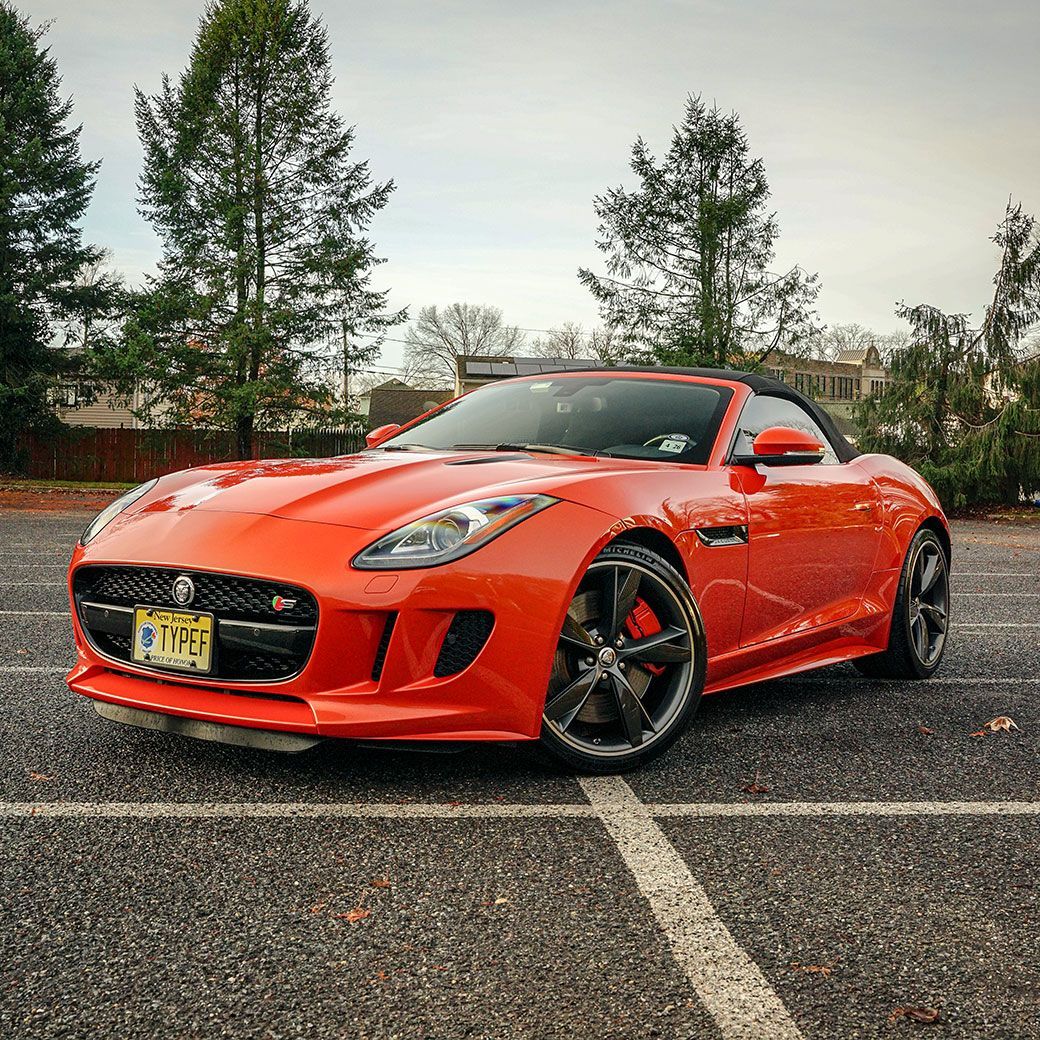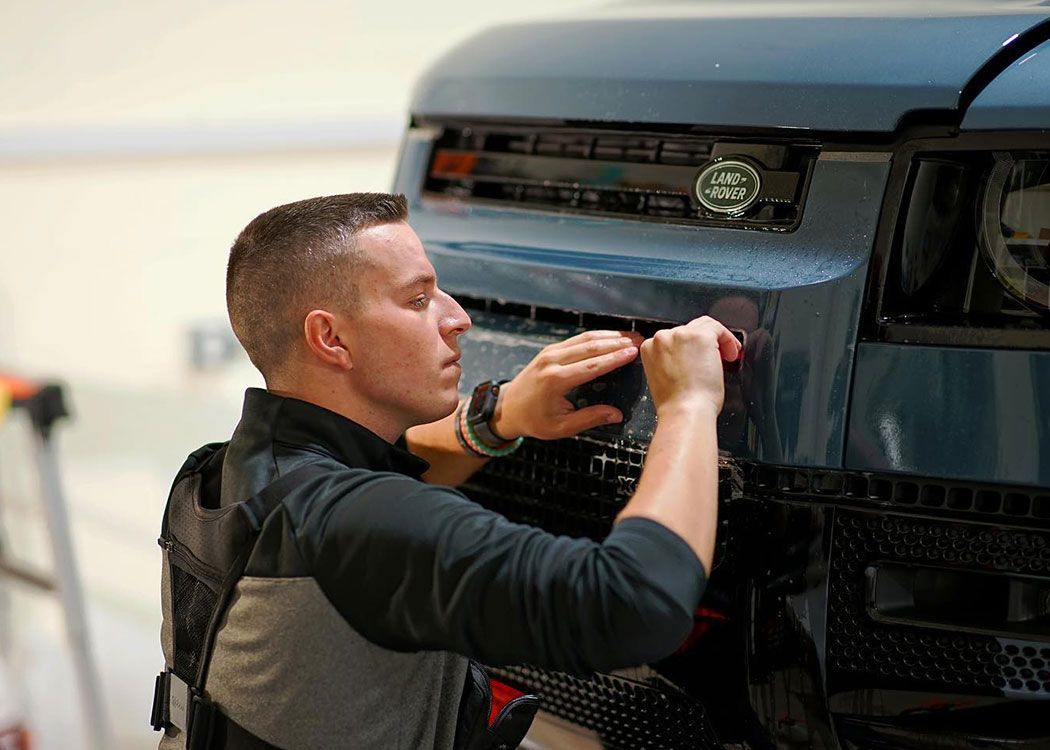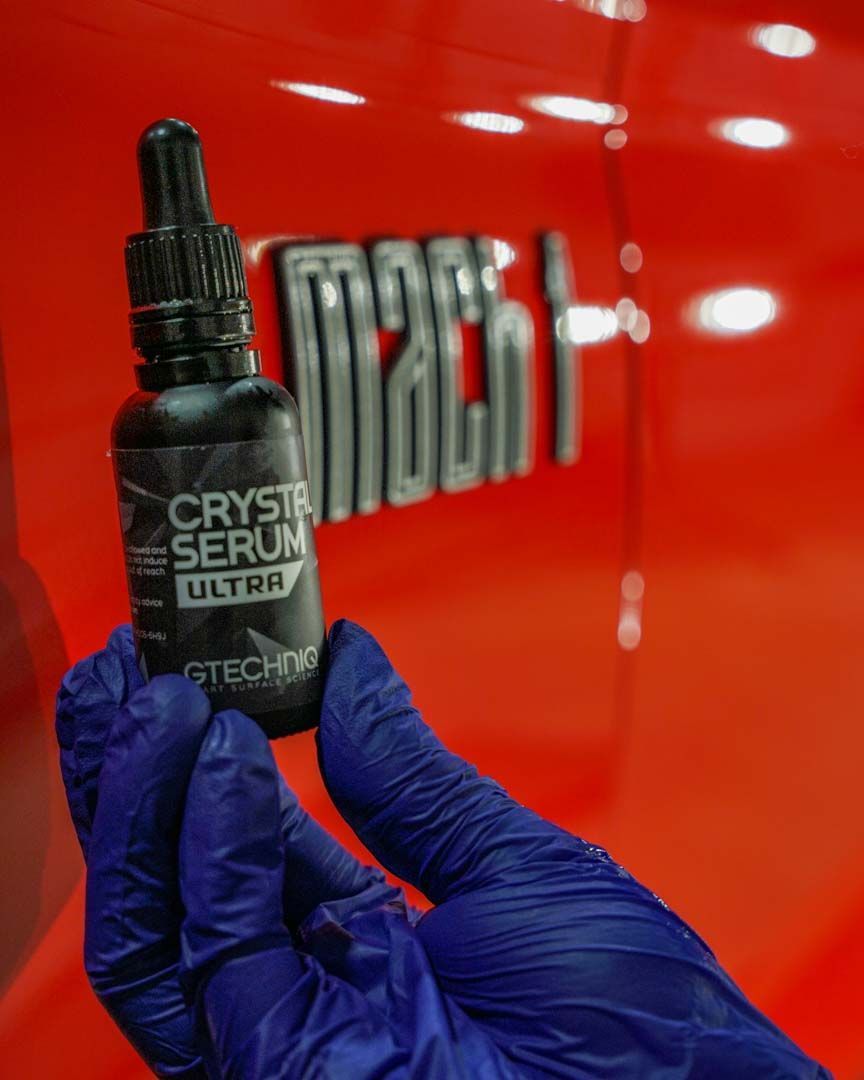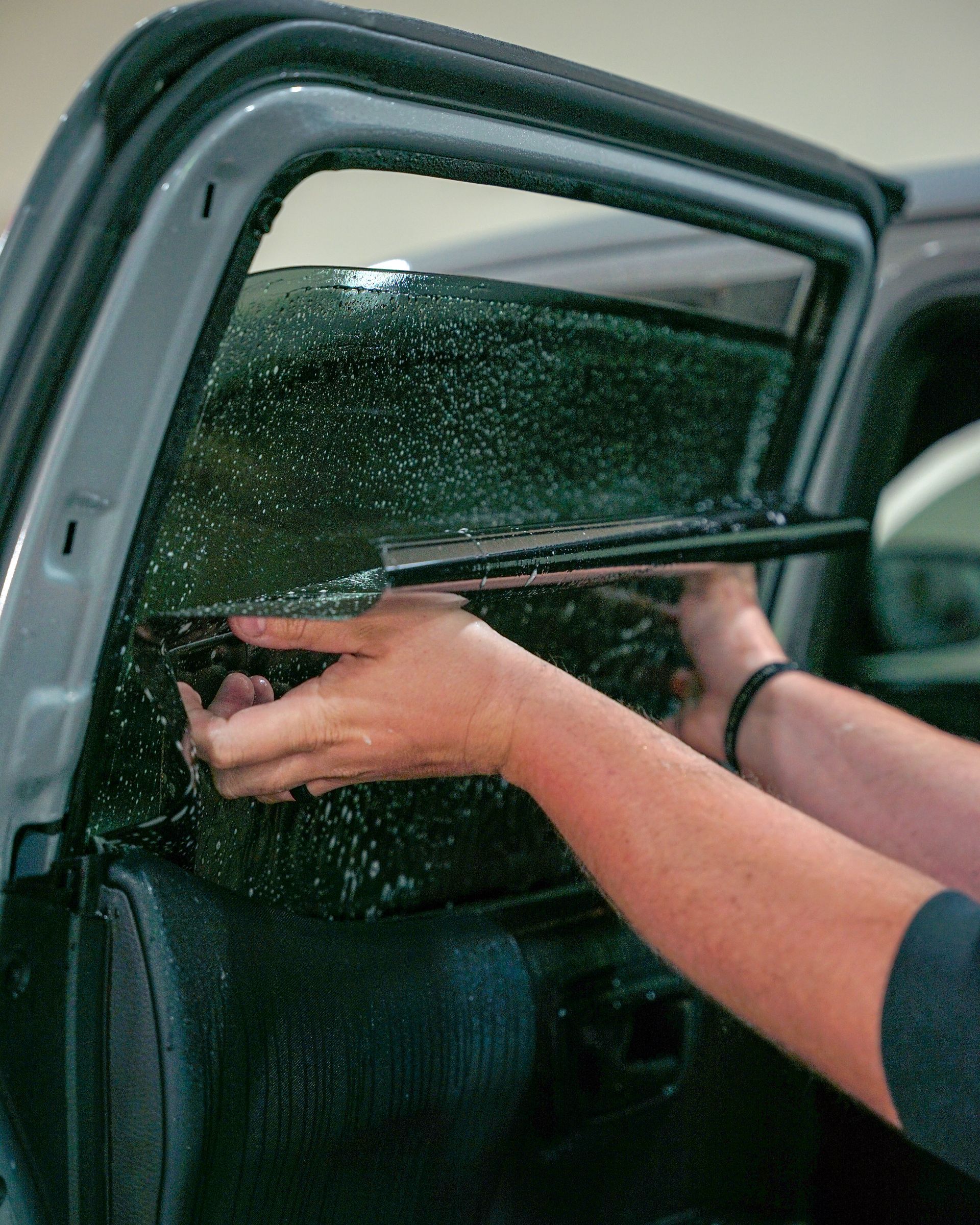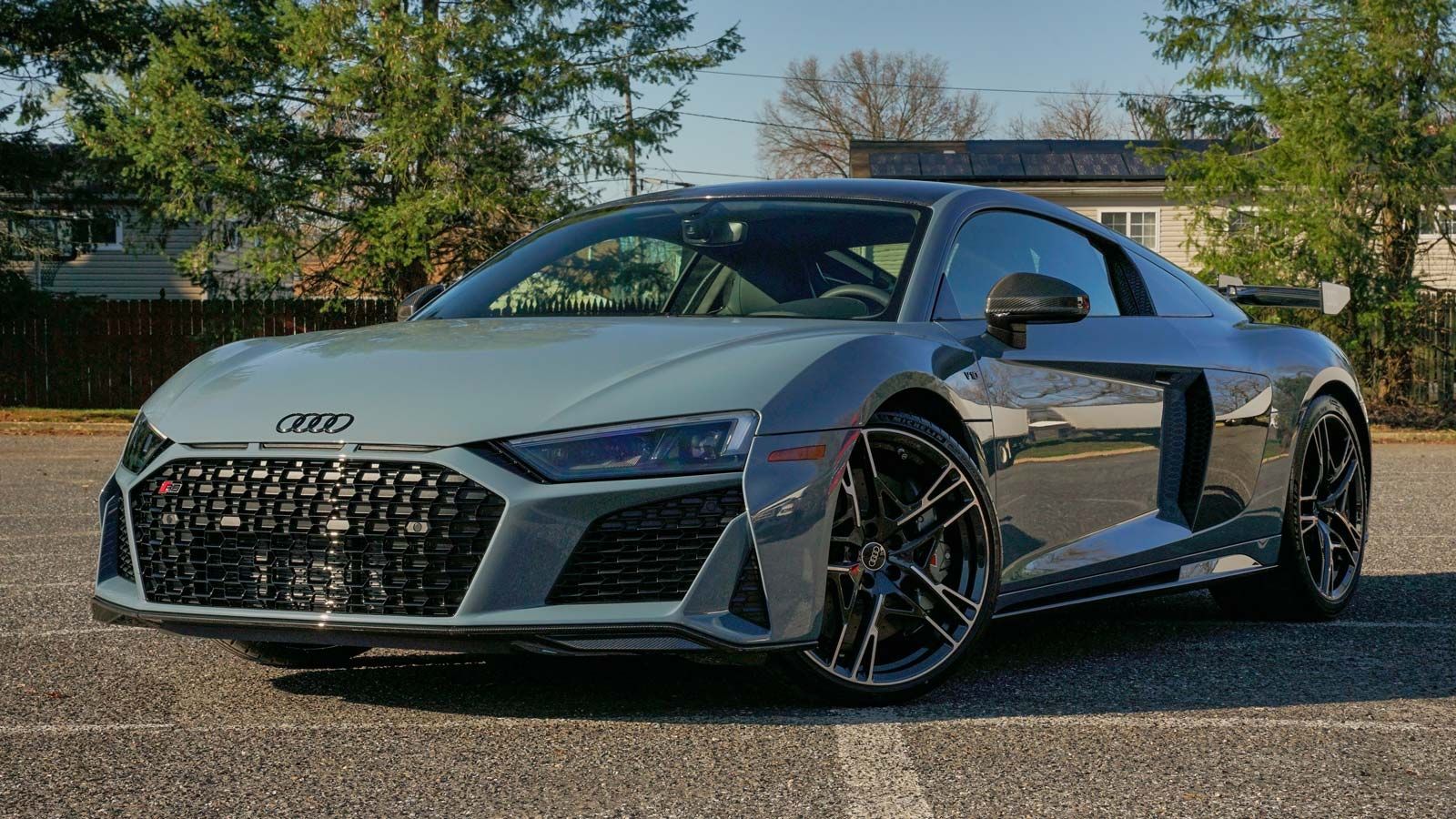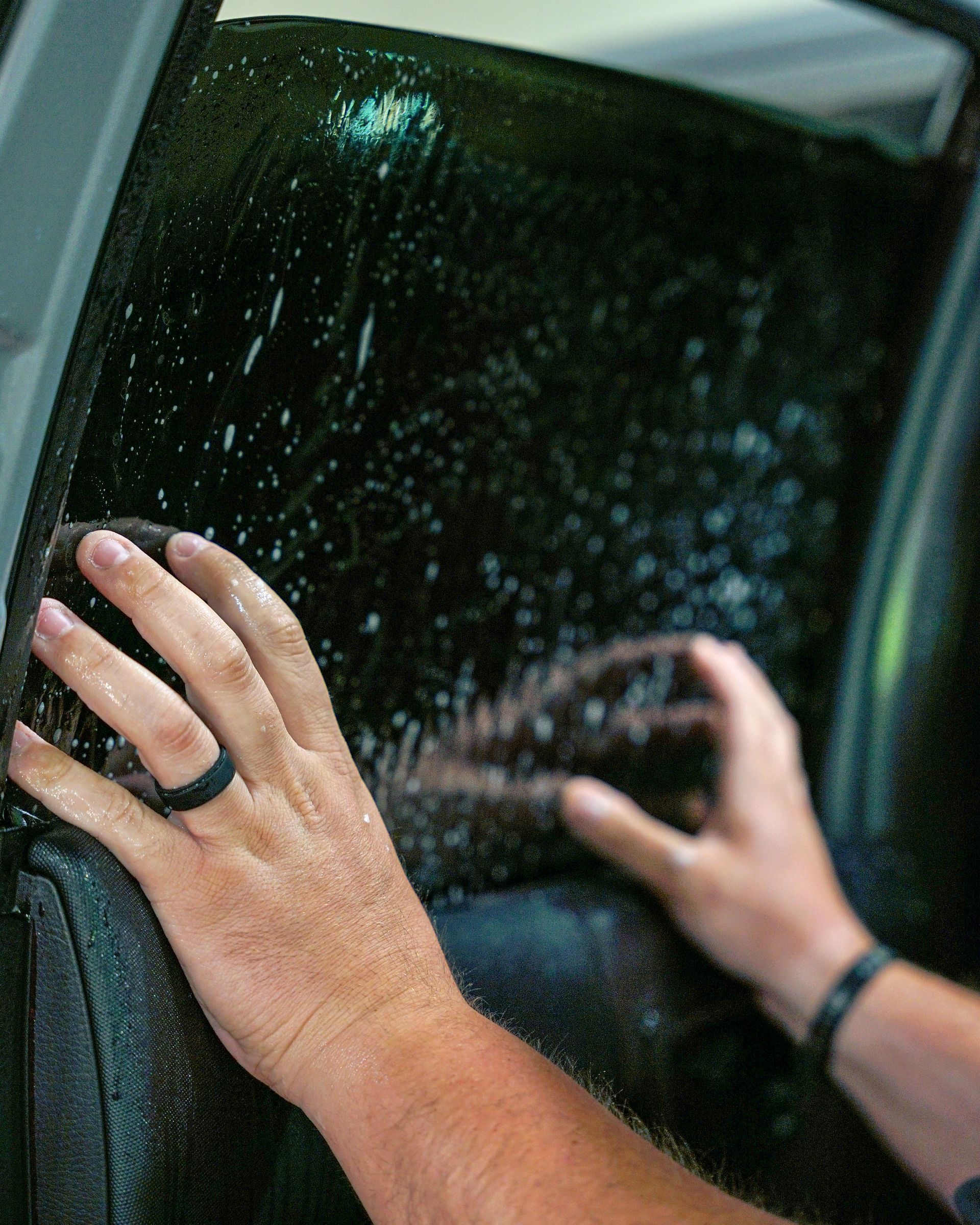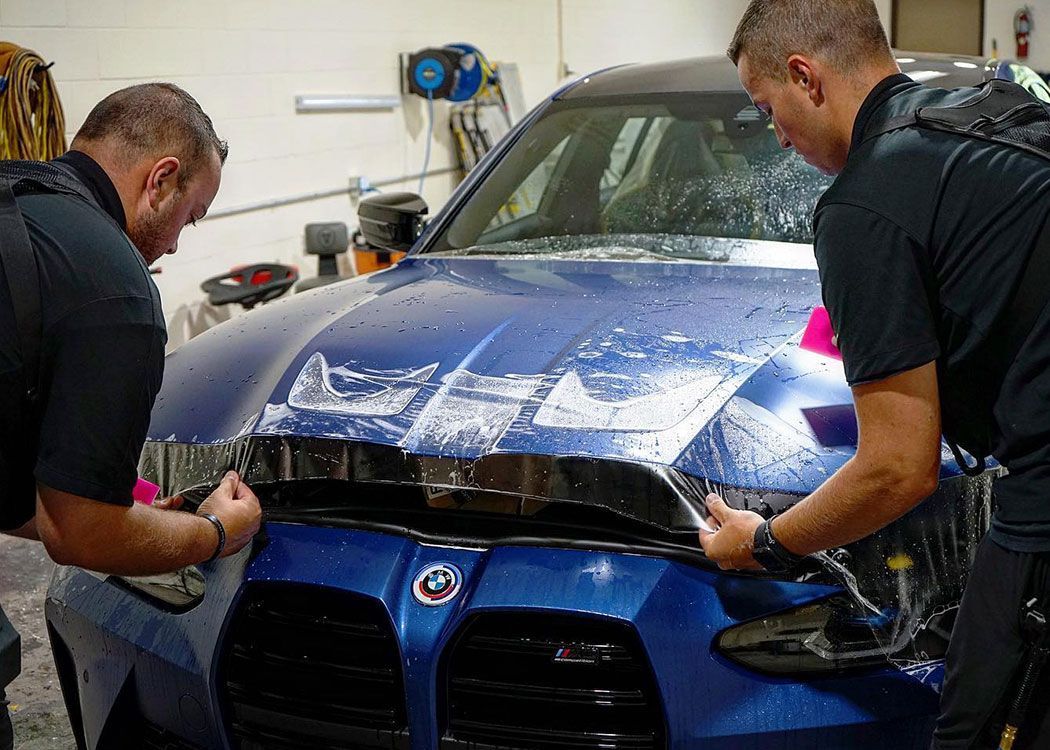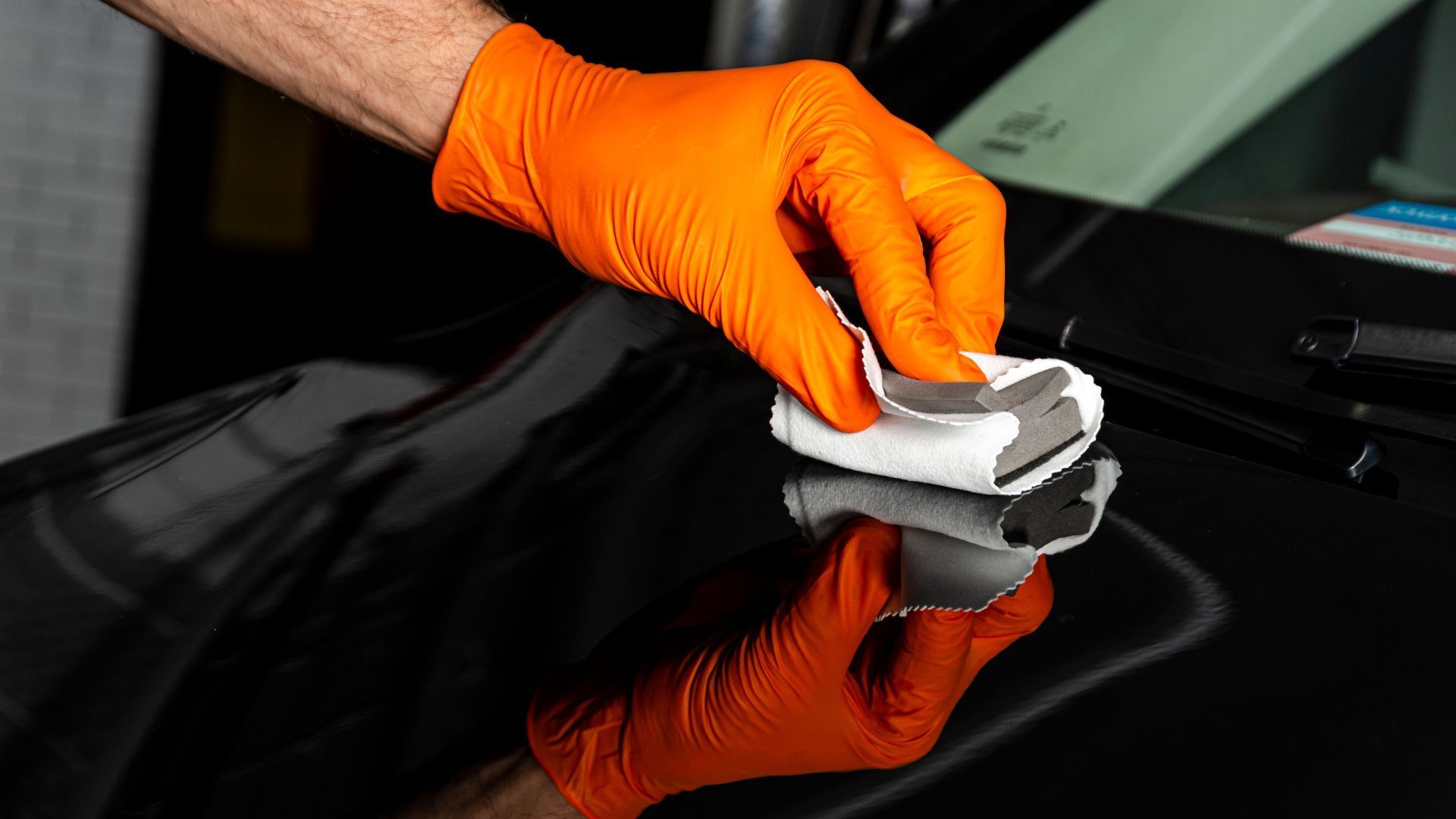The Importance of Ceramic Coating in Hot Weather: Shielding Your Vehicle from UV Rays
Hot weather can put your passion for keeping your car's paint perfect to the test. Under an unforgiving sun, the vibrant color on that meticulously maintained car fades quicker than you'd like, leaving patches of dullness. Cracks may even appear in your once flawless finish. It's frustrating when countless hours of washing and waxing seem undone by relentless UV rays within just days. Ceramic coating steps in as a game-changer, offering robust UV protection that extends beyond typical waxes and sealants.
The effect of UV rays on ceramic coatings in hot weather is a topic of concern for many car owners. While ceramic coatings boast UV resistance, prolonged exposure to intense sunlight may still gradually degrade the protective layer over time. To mitigate this, it's recommended to regularly maintain and refresh the coating to ensure optimal protection against UV damage.
Impact of Hot Weather on Vehicle Appearance
In hotter climates, the battle against sun damage is a real struggle when it comes to taking care of your vehicle's appearance. Intense UV rays from prolonged sun exposure can cause more harm than just a faded paint job—it can lead to oxidization, slowly turning that glossy finish into a dull and worn-out look. With prolonged exposure to heat, the paint on your car expands and contracts, causing it to crack or peel. The sun isn't the only culprit—high humidity levels can worsen the situation by making the paint vulnerable to damage, including rust and corrosion.
The hot weather's harsh effects extend beyond the paint. Plastic trims and rubber seals around your car, once flexible and resilient, can lose their elasticity and become brittle under consistent sun exposure. This leaves them prone to cracking and deteriorating over time. Imagine your car as an adventurer in a scorching desert, where prolonged exposure to the blazing sun and dry air leads to parched and cracked surfaces. Your vehicle struggles against these arid conditions just like an adventurer might.
Understanding how these elements impact your vehicle's appearance can help you recognize the importance of taking proactive measures to shield it from the effects of hot weather.
Ceramic Coating: UV Protection Explained
So, you've likely heard about the magic of ceramic coatings for cars, but what exactly is it that makes them so special, especially in hot weather? Let's break it down.
Ceramic coating is essentially like an invisible armor for your car. It's a liquid polymer that forms a strong, protective layer over the vehicle's paintwork, creating a shield against various environmental hazards. Most notably, this barrier plays a crucial role in reflecting harmful UV radiation, ensuring that it doesn't seep into the paint and cause damage. The key component here is the chemical bonding that occurs between the ceramic coating and the paint. This bond ensures that the protective layer remains firmly in place, effectively shielding the vehicle from the sun’s powerful rays. Now, while it might be invisible to the eye, its impact on the paint is anything but undetectable.
What's more, scientific studies have demonstrated that ceramic coatings can significantly reduce surface temperatures. This reduction isn't just about comfort—it's also about long-term preservation. By minimizing thermal stress on the vehicle's exterior, ceramic coatings help maintain the color and gloss of the paintwork over time. This means saying goodbye to the all-too-common issue of paint fading in hot climates. Indirectly, this UV resistance contributes to preserving more than just the paint. It also works wonders in maintaining the resilience and flexibility of plastic and rubber components, thereby prolonging their lifespan.
So, not only does your car look great thanks to ceramic coatings, but its vital elements also stand stronger against the heat. Imagine ceramic coating as a powerful shield enveloping your car—keeping it cool under pressure and protecting it from harm's way. And in a hot climate where the sun can be relentless, having this extra layer of defense can make all the difference in preserving your vehicle's aesthetics and performance. It’s clear that when it comes to safeguarding your vehicle from UV rays, ceramic coatings are truly a game-changer.
Steps for Hot Weather Application
Applying ceramic coating in hot weather presents its own set of challenges, but with proper planning and technique, it can be done effectively to provide the desired protection for your vehicle's paint.
- Prepare Your Workspace: When applying ceramic coating in hot weather, setting up the workspace in a shaded, well-ventilated area is crucial. Consider working indoors or under a canopy to prevent the product from drying too quickly, which can lead to streaks and difficulties during buffing.
- Thorough Wash and Decontamination: Before application, ensure that your vehicle is thoroughly cleaned to remove any dirt, grime, or previous wax layers hindering the adhesion of the ceramic coating. In hot climates with prevalent dust and debris, frequent washes and decontamination are vital due to accelerated buildup caused by intense sun and heat.
- Cool Down the Surface: Allow your vehicle to cool down if exposed to direct sunlight or high temperatures before applying ceramic coating. High temperatures make it uncomfortable to work and pose challenges when maintaining an ideal environment for applying coatings due to quick evaporation of the product.
- Precise Application: In hot weather conditions, excessive heat shortens the working time for leveling the coating, emphasizing the need for precision during application to ensure uniform coverage across all panels of your vehicle.
- Curing Period: Allow the ceramic coating to cure as required by the manufacturer while being mindful of how high temperatures in hot climates can impact performance, potentially shortening or extending curing times.
By carefully navigating through these steps tailored for hot weather application, you can optimize the protective benefits of ceramic coating and safeguard your vehicle's paint job from the harsh effects of sun exposure and high temperatures. Mastering the art of applying ceramic coating in hot weather sets the stage for exploring its endurance under intense heat—unveiling just how resilient this protective shield can be.
Longevity of Ceramic Coating Under Heat
Ceramic coatings act as a shield for your vehicle, defending it against harsh elements like extreme heat and UV rays. They're engineered to endure high temperatures, but the coating's longevity can be affected by consistent exposure to extreme heat.
Typically, a high-quality ceramic coating lasts between two and five years in normal conditions. However, in consistently hot climates, the protective properties might degrade faster due to intense and prolonged exposure to heat. The degradation can potentially reduce the coating's effectiveness by around 10-15%, meaning it may not be as durable as expected in excessively hot environments. Given these factors, it's crucial for car owners in hot climates to regularly inspect the condition of the ceramic coating and consider timely reapplication when necessary. This ensures the coating's integrity is maintained, providing maximum protection against UV rays and other environmental hazards.
In instances where hot weather challenges the durability of conventional ceramic coatings, utilizing high-temperature-resistant ceramic coatings can offer better longevity. These specialized coatings are formulated to withstand the extreme heat found in regions with scorching temperatures. Opting for a ceramic coating with superior heat resistance enhances the protective layer's durability, providing extended defense against UV rays and other damaging factors associated with hot climates. Understanding the impact of heat on the longevity of ceramic coatings underscores the importance of selecting a coating that aligns with the environmental conditions your vehicle faces. It's an essential consideration to ensure your vehicle receives optimal protection and maintains its pristine appearance even in challenging weather conditions.
Unique Benefits in Extreme Climates
Hot weather can be tough on cars—especially the paint job. Think about it: scorching sun, intense heat, and high humidity. These factors pose a real threat to your car’s exterior. However, ceramic coatings offer unparalleled protection against these elements.
Superior Heat Resistance
Ceramic coatings can withstand temperatures up to 1200°C, which is quite remarkable in shielding your vehicle's paint against the relentless assault of intense heat. This high level of heat resistance significantly minimizes the risk of paint damage due to exposure to scorching temperatures, making it an ideal solution for vehicles residing in hot and arid regions. The incredibly high temperature tolerance is akin to your vehicle wearing a shield against the blazing sun, preventing the paint from degrading and fading prematurely. It's like having a protective force field around your car's surface, keeping it safe from the sweltering heat that would otherwise take a toll.
Hydrophobic Properties
In hot and humid climates, moisture can wreak havoc on your car’s exterior, leading to water spots and mineral deposits. Here’s where the hydrophobic nature of ceramic coatings shines through. By repelling water effectively, these coatings prevent unsightly water spots while also easing the post-rain cleaning process. Just as a well-waxed car repels water effortlessly, ceramic coatings take it a step further by providing a durable barrier against moisture-related damage. This not only maintains the aesthetic appeal of your vehicle but also reduces the effort required for frequent cleaning and maintenance after rain showers and in humid weather conditions.
Enhanced Chemical Resistance
Ceramic coatings act as a robust shield against acid rain, bird droppings, and various other contaminants that are prevalent in hot and urban environments. These coatings can endure exposure to urban pollutants and harsh environmental contaminants more efficiently than traditional waxes or sealants. Picture this: Your car coated with this protective layer becomes almost impervious to the damaging effects of urban grime and acidic substances present in bird droppings or rain. It’s like wearing armor that safeguards against potential threats lurking in the environment.
Therefore, investing in a ceramic coating for your vehicle isn't just about adding shine; it's about ensuring year-round protection against the harsh realities of extreme climates.
Effective Maintenance Tips in Summer
The scorching heat and intense sunlight of summer can take a toll on your vehicle's protective ceramic coating. However, with some simple yet diligent maintenance routines, you can ensure that your ceramic-coated vehicle remains shielded from the damaging effects of UV rays, dust, and other environmental pollutants.
- Frequent Washing: During summers, it's crucial to wash your ceramic-coated vehicle more frequently to prevent the buildup of grime and pollutants. Aim for a weekly wash using a pH-neutral car shampoo and a soft microfiber wash mitt. This helps to eliminate contaminants that can degrade the protective layer of the ceramic coating. By keeping your car clean, you're not only maintaining its appearance but also ensuring that the coating continues to function optimally. Tap into your inner car detailer—regular washing is like giving your car a refreshing shower to rid it of all the dirt and impurities that accumulate from those long drives under the sun.
- Use a Quick Detailer: To uphold that glossy finish and the impressive hydrophobic effect of the ceramic coating, consider using a ceramic-safe quick detailer spray. This quick application technique provides an extra layer of protection and helps maintain the shine and water-repellent properties of the coating between washes. It acts as a booster to preserve the integrity of the ceramic coating, especially during the harsh summer season when exposure to elements is heightened. Imagine quick detailer as a mini shield that guards your clean, freshly-washed car from the harmful elements waiting around that next sunny corner. It's like a superhero cape for your vehicle!
- Inspect and Repair: Regularly inspecting your ceramic coating for any signs of degradation or damage is pivotal in preserving its protective abilities. Look out for any areas where the coating may have worn down or become compromised. Promptly address these issues with spot treatment using suitable ceramic coating products to restore protection in those specific spots and prevent further damage. Think of this as tending to small cracks in fortress walls—by swiftly addressing any areas of vulnerability, you're fortifying the strength of your fortress against potential threats.
By implementing these simple yet essential maintenance tips, you can ensure that your ceramic-coated vehicle remains resilient against the harsh conditions of summer, extending both its protective capabilities and its visual appeal. Taking proactive steps to maintain your vehicle’s ceramic coating during hot weather not only preserves its aesthetic appeal but also ensures long-term protection against environmental elements. With these easy strategies, you can enjoy a gleaming car throughout the summer season.
Top Ceramic Coating Services in Cherry Hill, NJ
Protect your vehicle with M&G Automotive Detailing's top-rated ceramic coating services in Cherry Hill, NJ. Our experienced team applies advanced ceramic coatings designed to shield your car from UV rays, dirt, and environmental contaminants while enhancing its natural shine. With a focus on precision and quality, we ensure your vehicle looks stunning and stays protected for the long term. Schedule your ceramic coating service today and enjoy the benefits of superior protection and a brilliant finish. Call us at (609) 923-3123 to get started!

